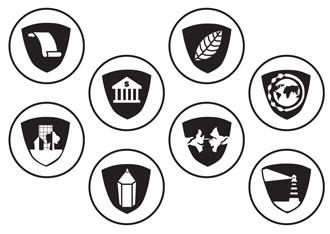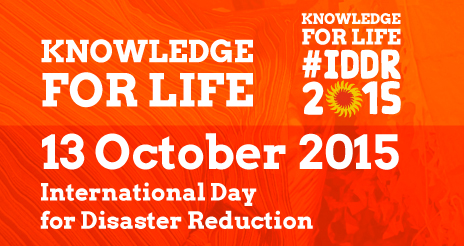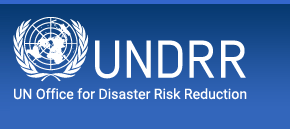- Our Mandate
- Mission and Objectives
- UNDRR in the UN
- Work Programme & Annual Reports
- Results Based System
- Work Partnerships
- Headquarters - Geneva
- SG-UN representatives for DRR
- Regional Office – The Americas and the Caribbean
- Head of the Regional Office – The Americas and the Caribbean
- What is Disaster Risk Reduction?
- What is the International Strategy?
- History of UNDRR
What is Disaster Risk Reduction?

DISASTER RISK REDUCTION (DRR)
There is no such thing as a 'natural' disaster, only natural hazards.
Disasters often follow natural hazards. A disaster's severity depends on how much impact a hazard has on society and the environment. The scale of the impact in turn depends on the choices we make for our lives and for our environment. These choices relate to how we grow our food, where and how we build our homes, what kind of government we have, how our financial system works and even what we teach in schools. Each decision and action makes us more vulnerable to disasters - or more resilient to them.
Disaster risk reduction is about choices.
Disaster risk reduction is the concept and practice of reducing disaster risks through systematic efforts to analyse and reduce the causal factors of disasters. Reducing exposure to hazards, lessening vulnerability of people and property, wise management of land and the environment, and improving preparedness and early warning for adverse events are all examples of disaster risk reduction.
"The more governments, UN agencies, organizations, businesses and civil society understand risk and vulnerability, the better equipped they will be to mitigate disasters when they strike and save more lives"-- Ban Ki-moon, United Nations Secretary-General
Learn more
Disaster risk reduction is everyone's business.
Disaster risk reduction includes disciplines like disaster management, disaster mitigation and disaster preparedness, but DRR is also part of sustainable development. In order for development activities to be sustainable they must also reduce disaster risk. On the other hand, unsound development policies will increase disaster risk - and disaster losses. Thus, DRR involves every part of society, every part of government, and every part of the professional and private sector.
 International Day for Disaster Reduction #DIRD 2015 Knowledge for Life
International Day for Disaster Reduction #DIRD 2015 Knowledge for Life
More information
